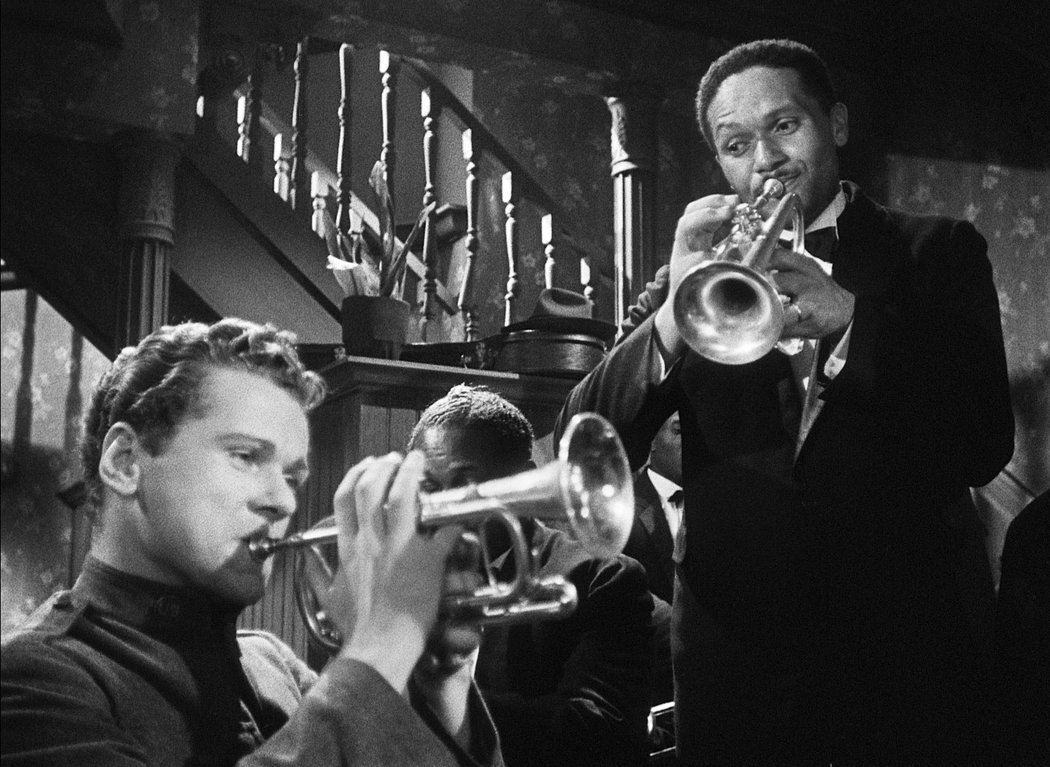
Cold War and Cool Jazz
by Yash Saboo December 27 2017, 12:43 pm Estimated Reading Time: 2 mins, 43 secs“If you have to ask what jazz is, you'll never know.” ― Louis Armstrong
American culture has been proven to be influential which termed America as a cultural backwater in the 20th century. Similarly, American jazz started getting acceptance all over the world, especially during the time of the Cold War. Jazz as an instrument of global diplomacy transformed superpower relations in the Cold War era and reshaped democracy's image worldwide.
In 1956, with the guiding support of Secretary of State John Foster Dulles, the U.S. Department of State sent the nation’s finest jazz musicians abroad as goodwill representatives in a conscious effort to symbolize America’s commitment to freedom. The Department of State created a Jazz Ambassadors program, hiring leading American Jazz musicians such as Louis Armstrong, Dizzy Gillespie, Benny Goodman, and Duke Ellington to be "ambassadors" for the United States overseas, particularly to improve the public image of the US in the light of criticism from the Soviet Union around racial inequality and racial tension. The program not only focused on Iron Curtain nations but also the Third World, where many developing countries were exploring Marxism as a possible political identity.
Brubeck and his band went on a tour for 120 days. They were sent to places where there were going to be problems. They first went to Poland in 1958 and played 12 concerts there. At that time, one would call that “behind the Iron Curtain.” Then Turkey, both East and West Pakistan, Afghanistan, India, Ceylon (as it was then called), and then Iran and Iraq. It did some good because the intellectuals in the various countries were very interested in jazz, and they were very well accepted by their top musicians. This held true in every country. They made an impact and were connecting to the artistic people and the students.

source:The New York Times
The response to Brubeck’s first concert, performed in Szczecin on the border between Poland and East Germany, was rapturous. “It was uplifting and heart-breaking at the same time,” Darius Brubeck, now in his 70s, tells TIME. “Our whole era of propaganda and demonization just evaporated in seconds.” By the early 1950s, Brubeck was the acknowledged master of West Coast jazz, often called “Cool Jazz” because of its understated but sophisticated style. His talent and popularity landed him on Time Magazine's cover in the year 1954.
Dizzy Gillespie and his band went performed in over 35 countries in the name of cultural diplomacy. Gillespie made a point during his tour of playing with local bands, and the experience made an impact with both the Americans and the locals. "It was a mutually transforming experience, and that's one of the things that was so exciting about those tours," Cull says. "And maybe it's something that's missing today."
Jazz music and jazz musicians seemed an ideal card to play in diminishing the credibility and appeal of Soviet communism in the Eastern bloc and beyond. Government-funded musical junkets by such jazz masters as Louis Armstrong, Dave Brubeck, Duke Ellington, Dizzy Gillespie, and Benny Goodman dramatically influenced perceptions of the U.S. and its capitalist brand of democracy while easing political tensions in the midst of critical Cold War crises.




-173X130.jpg)
-173X130.jpg)
-173X130.jpg)
-173X130.jpg)
-173X130.jpg)
-173X130.jpg)
-173X130.jpg)
-173X130.jpg)